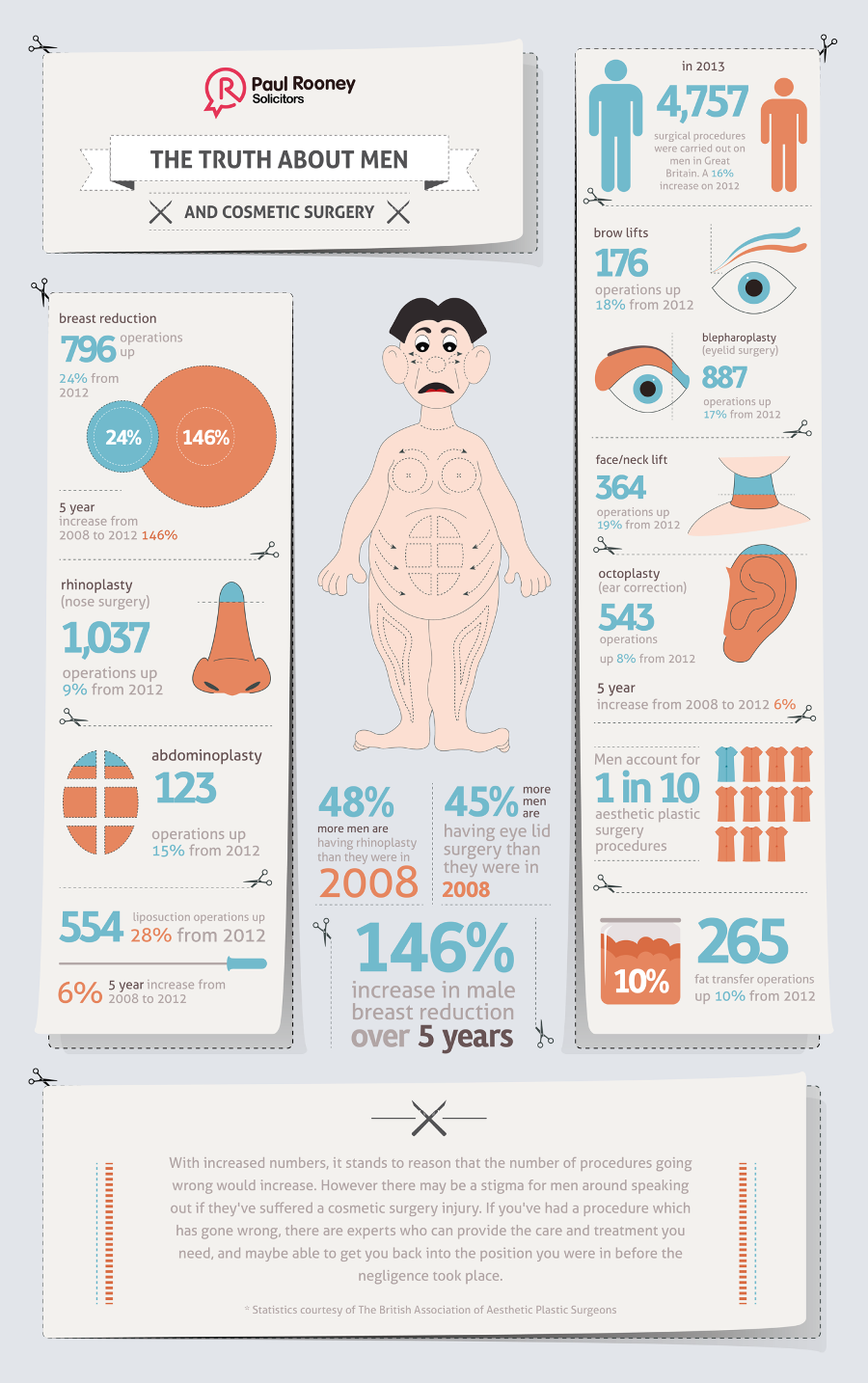The Role Of Dermatologists In Acne Care
The Role Of Dermatologists In Acne Care
Blog Article
Root causes of Acne on Cheeks
Acne breakouts in the cheek area are caused by numerous things, from touching your face regularly to not altering your pillowcase often sufficient. Picking at imperfections enhances your risk of infection and scarring, and certain drugs can aggravate dark places (postinflammatory hyperpigmentation).
Luckily, there are lots of methods to avoid and deal with cheek acne. These consist of:
1. Hormone Modifications
Acne is greatly caused by hormonal agents, specifically those generated during the age of puberty and pregnancy. For some, a family history of acne may also contribute to their problem. Anything that blocks pores, such as oil-based skin treatment products or ceraceous hair items, can trigger acne. Different topical therapies, like benzoyl peroxide and salicylic acid, can battle microorganisms and unclog pores. Those with extreme or chronic acne must look for treatment from their doctor.
Stay clear of touching or pressing your acne, as this can push a few of the microorganisms deeper right into the skin, leading to an extra extreme breakout. It is likewise important to transform pillowcases on a regular basis and make use of tidy make-up brushes. You should likewise attempt to stay clear of irritants such as friction from putting on a headgear or limited collar.
2. Diet regimen
The oily, sugary foods that many people think trigger acne might really refrain from doing so. Actually, research studies have actually shown that consuming a diet rich in whole, nutrient-dense foods assists to prevent breakouts.
Foods high in the glycemic index (such as white bread, corn flakes, puffed rice and potatoes, doughnuts and various other pastries) raise blood glucose degrees promptly, and this can increase hormones that increase oil production and bring about acne.
Consuming alcohol cow's milk has actually also been linked to boosted acne breakouts. If you are a routine cow's milk drinker, you might want to try changing to low-fat or nondairy alternatives that are fortified with calcium. Additionally, consuming alcohol more water can help to reduce acne due to the fact that it aids to maintain the skin hydrated.
3. Excess Oil
While oil is crucial for healthy and balanced skin, it can end up being a problem when way too much sebum blends with dead skin cells and obstructs pores. This mix can develop blackheads, whiteheads and pimples. The blocked pore wall can break down and spill germs, dead skin cells and sebum right into surrounding skin. This results in a red bump known as an acne. Sometimes these red bumps have pus in the center from a bacterial infection. Larger infected bumps that appear like acne are called cysts.
There are many things that can create excess sebum and clogged pores, consisting of hormonal agent variations, diet regimen and everyday habits. Some instances consist of touching the face often, relaxing your hand on your cheek, using dirty make-up brushes and not transforming pillowcases on a regular basis.
4. Stress
If you're handling pain acnes or a variety of blackheads and whiteheads, it may be time to speak to a dermatologist. They can advise a reliable treatment that suits your skin type. Practicing relaxation and stress-reduction strategies likewise helps.
Acne can take place in the cheeks as a result of friction and stress, such as when an individual touches their face frequently or uses a hat medical facilities near me or sporting activities helmet that scrubs against the skin. It can also appear where oily cosmetics and lotions massage against the skin.
Avoid pressing acne, as this can push contaminated material deeper right into the skin and lead to scarring. Rather, see a physician to discover preventative treatments like medication, skin treatment products and way of living changes. Consuming a healthy and balanced diet plan of entire foods, getting seven to 9 hours of sleep and making use of noncomedogenic make-up and skincare products can all help reduce acne breakouts.
5. Hair Products
Hair products are not usually thought of as a source of breakouts, yet they can contribute to acne on the cheeks in some people. Pomade acne, which is defined by little shut comedones and papulopustules, is frequently triggered by making use of oily hair products which contain comedogenic components such as specific oils and acetylated lanolin.
Picking hair products that do not contain these possibly comedogenic active ingredients is an essential action toward lessening outbreaks. Also, making sure that hair items aren't coming in contact with the skin can assist protect against breakouts. For instance, wearing a headscarf or bonnet in the evening can restrict hair-to-face contact and minimize the chance that leave-in hair products will abrade onto the face.
In addition to utilizing a non-comedogenic cream and washing with an acne face wash, other handy strategies include: